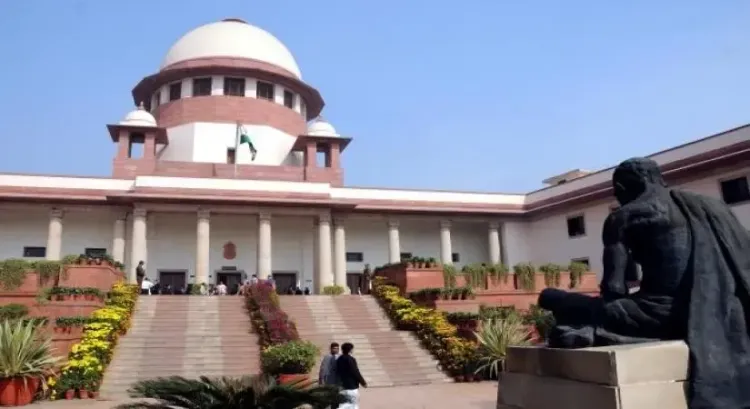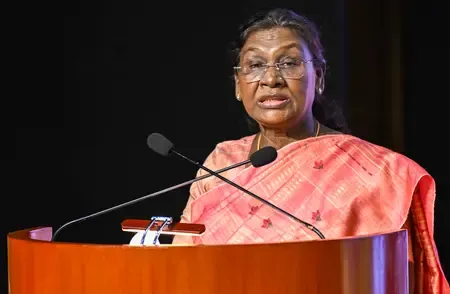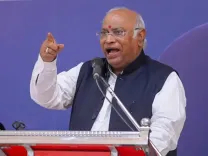Did the Supreme Court Justify Acquitting a Death Row Convict in a Child Rape-Murder Case?

Synopsis
Key Takeaways
- The Supreme Court annulled a death sentence based on trial flaws.
- Key witness testimonies were deemed unreliable.
- Prosecution's evidence was criticized for lack of credibility.
- Right to a fair trial was emphasized as paramount.
- Legal representation is essential for justice.
New Delhi, Oct 8 (NationPress) The Supreme Court has overturned the conviction and death penalty of a man convicted by both the trial court and the Madras High Court for the horrific rape and murder of a seven-year-old girl back in 2017.
A three-judge bench, led by Justice Vikram Nath, remarked that the trial was conducted in a lopsided manner and failed to adhere to the principles of a fair trial. The bench noted that the trial court and the Madras High Court overlooked significant flaws and inconsistencies in the prosecution's claims.
The bench, which included Justices Sanjay Karol and Sandeep Mehta, highlighted that from the initial charge framing to the evidence collection, the trial court completely violated mandatory procedures.
According to the judgment, the accused was left without a defense lawyer or legal assistance when charges were framed, and crucial documents were not timely provided, thus infringing on his right to a fair defense.
"The constitutional right granted to an accused to defend themselves is not merely a formality. A fair and reasonable trial necessitates an effective opportunity for defense, including representation by a chosen lawyer," the court stated.
The bench dismissed the prosecution's reliance on the "last seen together" theory, deeming the testimony of a pivotal witness as entirely fabricated and lacking credibility.
"The evidence presented by Murugan claiming he saw the victim with the appellant on February 5, 2017, is nothing more than a fabrication lacking any credibility," the bench remarked.
Furthermore, the Supreme Court dismissed claims about CCTV footage allegedly showing suspicious activities by the accused, noting that no primary evidence of this footage was available and that the investigation team failed to secure data from the Digital Video Recorder (DVR).
"It appears the Investigation Officers were intentionally obscuring the truth and attempting to scapegoat the appellant," the bench commented.
The bench criticized the prosecution's reliance on the purported CCTV footage, labeling it as a figment of imagination and indicating that the court had to draw an adverse inference due to the prosecution withholding important evidence.
Additionally, the bench found the prosecution's use of confessional statements and evidence recoveries to be dubious.
"The entire confessional statement was improperly included in the Investigation Officer's deposition by the trial court, contrary to Section 25 of the Indian Evidence Act, 1872," it stated.
The apex court pointed out that the police had already informed the complainant about the victim's body location, undermining the prosecution’s assertion that incriminating discoveries stemmed from the appellant's disclosure.
"The narrative surrounding the appellant's confessional statement leading to discoveries is merely a contrivance of the Investigation Officer," the court concluded.
The Supreme Court also criticized the trial court's sentencing approach, noting that the death penalty was issued on the same day as the conviction, without adequate assessment of mitigating and aggravating factors.
"The trial court's rushed process in passing the sentence leaves much to be desired and invalidates the death penalty given to the appellant," the bench remarked.
Stating that prejudice and denial of effective defense are apparent in the records, the apex court acquitted the appellant.
"The conviction and sentences imposed by the trial court and upheld by the High Court are hereby annulled," it declared.









